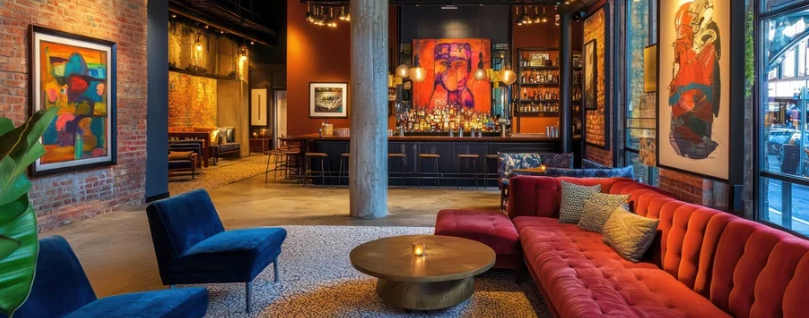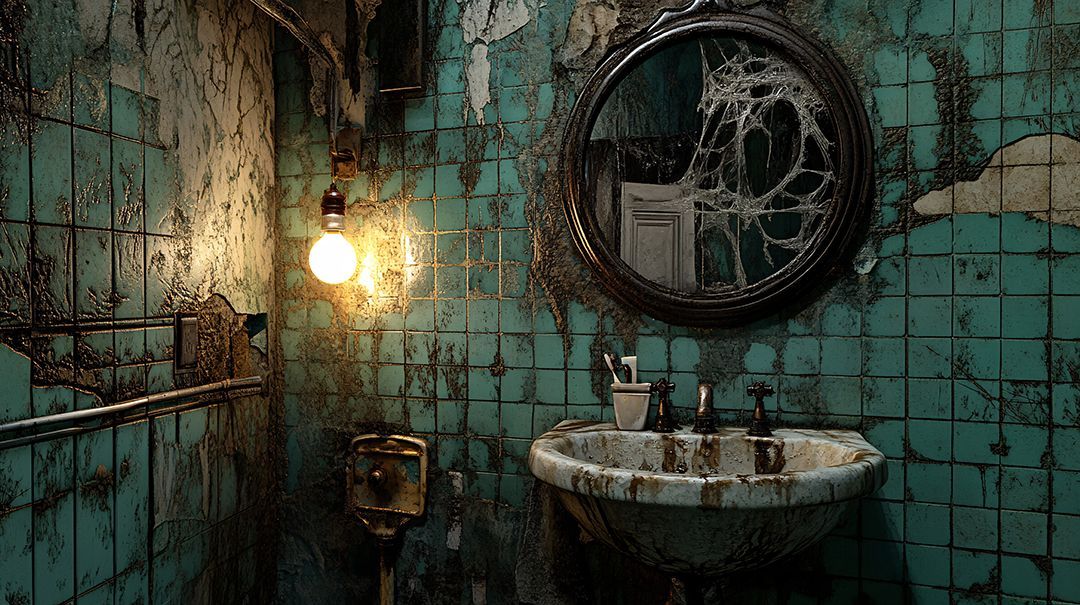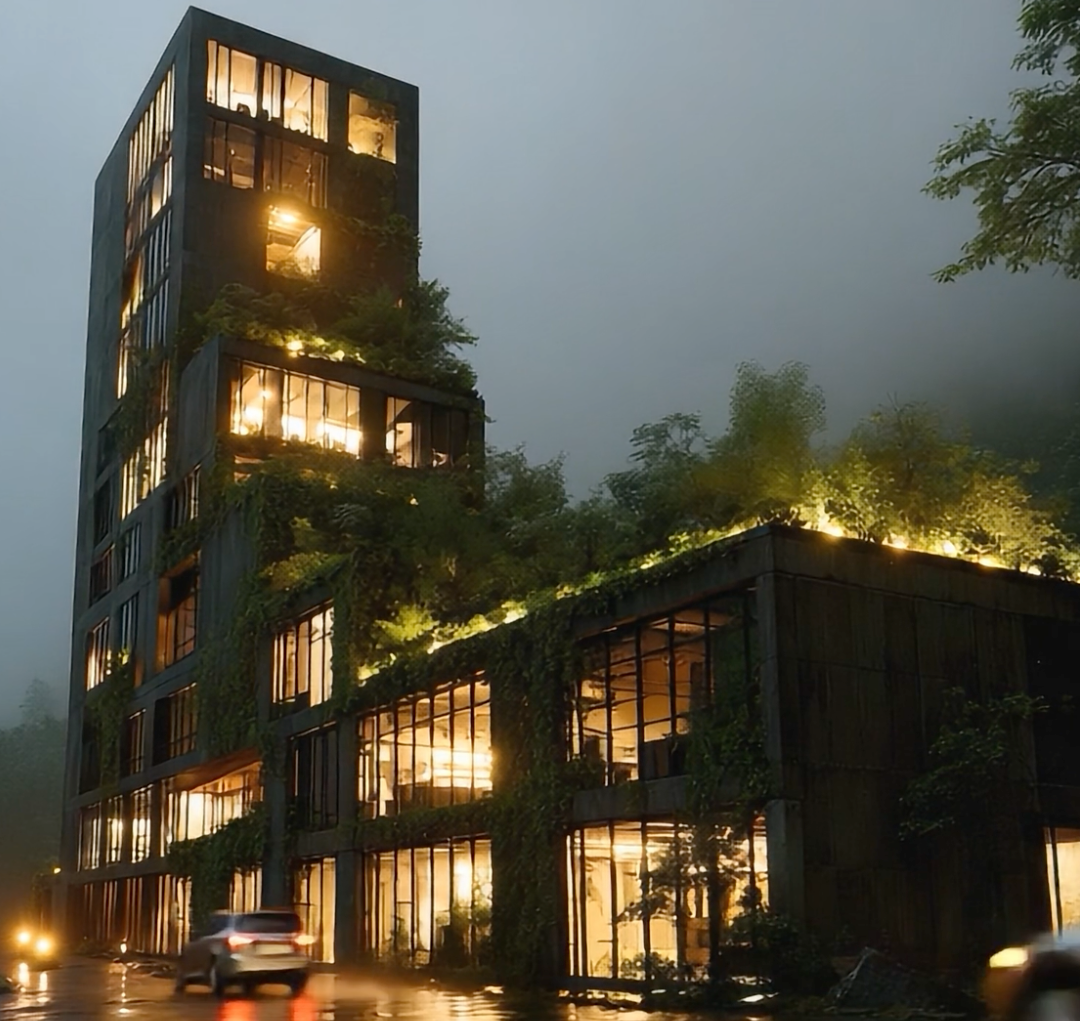What’s Hot in Hotels 2025: No 11
Community Engagement

One of the most compelling trends this year is a deepening community engagement through collaboration with local artisans and small businesses. Beyond lip service, forward-thinking hotels are weaving the fabric of the local community into every guest touchpoint — from design and décor, to food, amenities, and programming. These partnerships do more than just elevate the guest experience: they provide meaningful economic support to local makers and reinforce a hotel's identity as a cultural steward.
Why This Matters Now
- Authenticity is the new luxury. Travellers are increasingly seeking “place-based” experiences: they want more than a room, they want a sense of narrative and belonging. Boutique hotels are uniquely positioned to deliver that because of their scale and flexibility.
- Sustainability + impact. Partnering with local artisans is not just aesthetically pleasing — it's a sustainable business model. It promotes local economies, reduces carbon footprint, and fosters social value.
- Brand differentiation. By integrating local craft and culture into design and experience, hotels distinguish themselves in a crowded market.
How Hotels Are Doing It: Key Strategies
- Artisan-Designed Rooms and Suites
Many boutiques invite local makers to collaborate on bespoke furnishings, textiles, or décor. This isn’t just decorative — it tells a story about place. - Locally Sourced Amenities
Luxury hotels are sourcing toiletries, ceramics, fragrances, and even furniture from local ateliers. These are not off-the-shelf items — each piece is rooted in community craftsmanship. - Cultural Programming & Workshops
Workshops, local artist residencies, in-hotel pop-ups, and community markets are becoming part of the guest journey, giving travellers a hands-on way to engage with the destination. - Farm-to-Table & Local Culinary Partnerships
Hotels are working with nearby farmers, food artisans, and small producers to curate menus that are deeply local and seasonally rooted. L - Shared Value & Social Enterprise
Some hotels go further by partnering with social enterprises. For example, they commission furniture workshops that train underprivileged youth or create in-room products that generate income for community cooperatives.
A Standout Example: De L’Europe Amsterdam’s ’t Huys
A particularly strong example of this trend in action is De L’Europe Amsterdam, especially its creative wing, ’t Huys.
- Bespoke Suites: ’t Huys comprises fourteen suites, each co-designed with local creatives — ranging from museum curators to fashion designers — giving every room a deeply personal, locally rooted narrative.
- Design Collaboration: The partnerships include Dutch design houses, renowned artists, and cultural institutions. For example, one suite was designed in collaboration with the Van Gogh Museum, and features curated artifacts, sketches, and design elements that reflect the artist’s aesthetic and legacy.
- Retail & Concept Store: Beyond accommodation, De L’Europe created the “In-Huys” concept store, which showcases goods from local artisans — fashion, home décor, art, and more. This space becomes both a retail offer for guests and a platform for local creatives.
- Cultural Activation: By embedding creativity into its very spaces, the hotel becomes a living gallery, encouraging guests to explore and engage with the cultural fabric of Amsterdam.
This model demonstrates how luxury hospitality can be a bridge between guests and the community, not just a place to sleep — while giving artisans a verified platform and business channel.
The Benefits (for Hotel, Guests & Community)
- Guests gain authentic, immersive experiences that reflect the soul of the destination.
- Hotels enhance their brand relevance, differentiate in a competitive market, and foster loyalty through meaningful storytelling.
- Local artisans and small businesses benefit from new revenue, broader exposure, and long-term partnerships — strengthening the local creative economy.
Challenges to Consider
- Maintaining authenticity: Superficial “artisan partnerships” risk becoming token gestures. Genuine collaboration requires investment, respect, and continuity.
- Scalability: Small artisan producers may struggle to meet demand or maintain consistent quality.
- Logistics: Sourcing, quality control, and inventory management for handcrafted goods can be more complex than working with mass-produced suppliers.
- Balancing commercial and ethical interests: Hotels must ensure fair compensation, intellectual respect, and sustainable practices when working with local creators.
Looking Ahead: What Are We Doing Now?
- Launching more artist-in-residence programmes, where makers live on-site to create new work and interact with guests.
- Digital storytelling via in-room tablets or AR could deepen guest engagement with artisan partners: imagine scanning a QR code next to a vase and seeing the maker’s biography or video of the crafting process.
- Circular economy initiatives: Looking at buy-back or recycling guest-used artisan items……….. reinvesting in the community.
- Guest co-creation: Some properties may invite guests to collaborate with artisans (e.g., guest-designed items in limited runs), merging tourism and creative entrepreneurship.
Conclusion
Community engagement through artisan collaboration is no longer a nice-to-have trend — for luxury boutiques, it has become central to their purpose and appeal. By investing in local makers, switched on hoteliers are fostering resilient creative economies, enriching guest experiences, and anchoring themselves as authentic custodians of place.
As the boutique hotel market evolves, the most successful properties will be those that don’t just reflect their destination — they are part of it.










